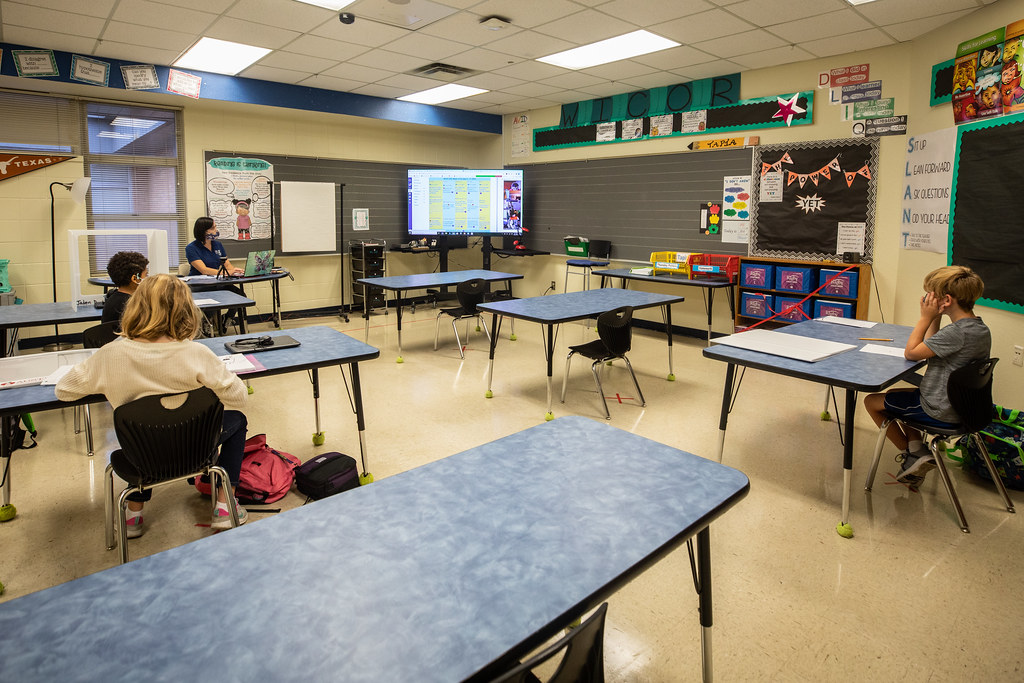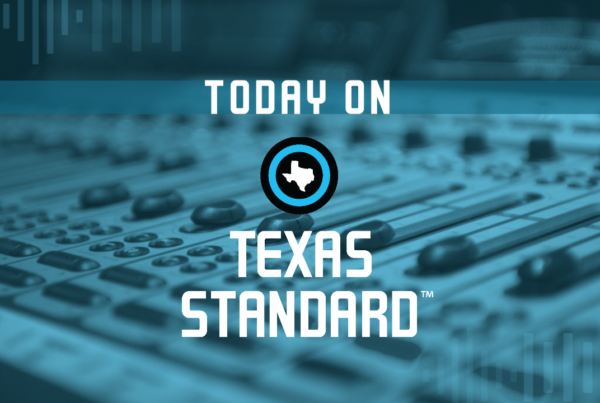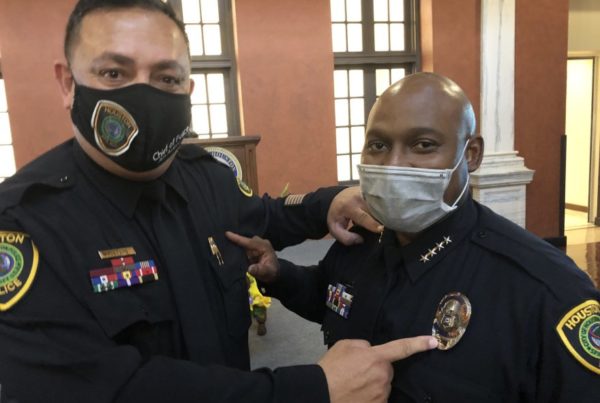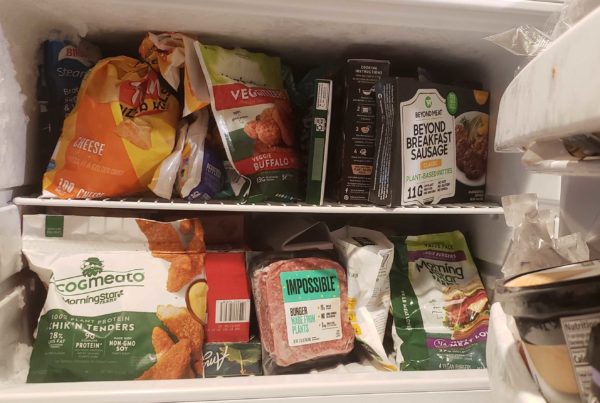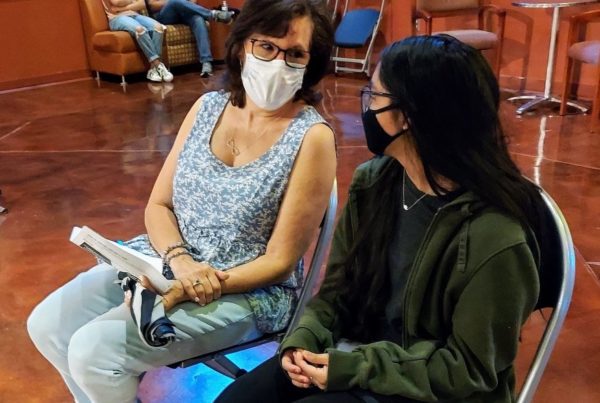Experts have continued to sound the alarm on the loss of learning students experienced this school year due to COVID-19. One strategy Texas is taking to tackle the loss and get students who are the most in need caught up: paying some teachers more.
This incentive pay program administered by the Texas Education Agency is, “the fruit of an unusually cooperative Legislature in 2019,” writes Bekah McNeel. She is a correspondent at The 74, a non-profit, non-partisan news site covering education.
The Original Goal Of “The Teacher Incentive Allotment”:
“The original goal was to get teachers into schools where they’re most needed, get our best teachers into classrooms where there’s usually high teacher turnover, and to create an evaluation system that could show they were really making a difference for those kids.”
The Pay Raise Some Teachers Could See:
“Some of them are going to hit over $100,000 this year.”
How It Works:
“Each district has to come up with an evaluation system showing that they’re looking at multiple measures, not just test scores, for teachers. And, when that’s approved by the state, they submit a list of their teachers in the schools where they teach, and that will determine the size of the stipend that those teachers are eligible for. And so they have to continually show that they are moving kids along academically. They’re evaluated in their classroom and then districts can kind of add other criteria if they want to. The teachers who will get the biggest stipends are the ones that are getting the best results in the schools most affected by poverty.”
The Employment Goals Of The Program:
“It’s useful for recruiting top talent into districts — that’s what some districts are using it for. And, in other places, they’re using it to slow that turnover and keep teachers in those classrooms longer and also keep them from feeling like to make more money, they need to go into administration so they can actually advance in the classroom.”
How The Program May Pivot To Address Pandemic-Related Needs:
“It’s really districts who are going to have to figure out how they want to best use those teachers, their highest performing teachers. And we know that learning loss is going to be all over the place. There’s going to be a huge gap between what kids come in knowing. And so those teachers who can meet the kids at every different phase and move them along are going to be needed and they’re going to be tired. They’ve had a pandemic, too. And so it’s about really giving them the value for this extra time and energy that they’re putting in.”
The Program’s Equity Focus:
“One of the most interesting things about this is that, at every step, they took what is a normal incentive program that we’re used to seeing and kind of added some element to make this benefit lower income students more heavily. So everything from using growth scores instead of performance scores, which are usually: the wealthier the family, the higher the kids’ performance. But growth scores can be really great in lower income schools. And so looking at that and then paying the stipend out to the districts based on the tier of poverty that the school falls into, so the poorer the school, the lower income, they have all these different metrics that they look at and putting more money into those schools to pay their teachers is another way that they are trying to make sure that the resources are going where they’re needed most.”


